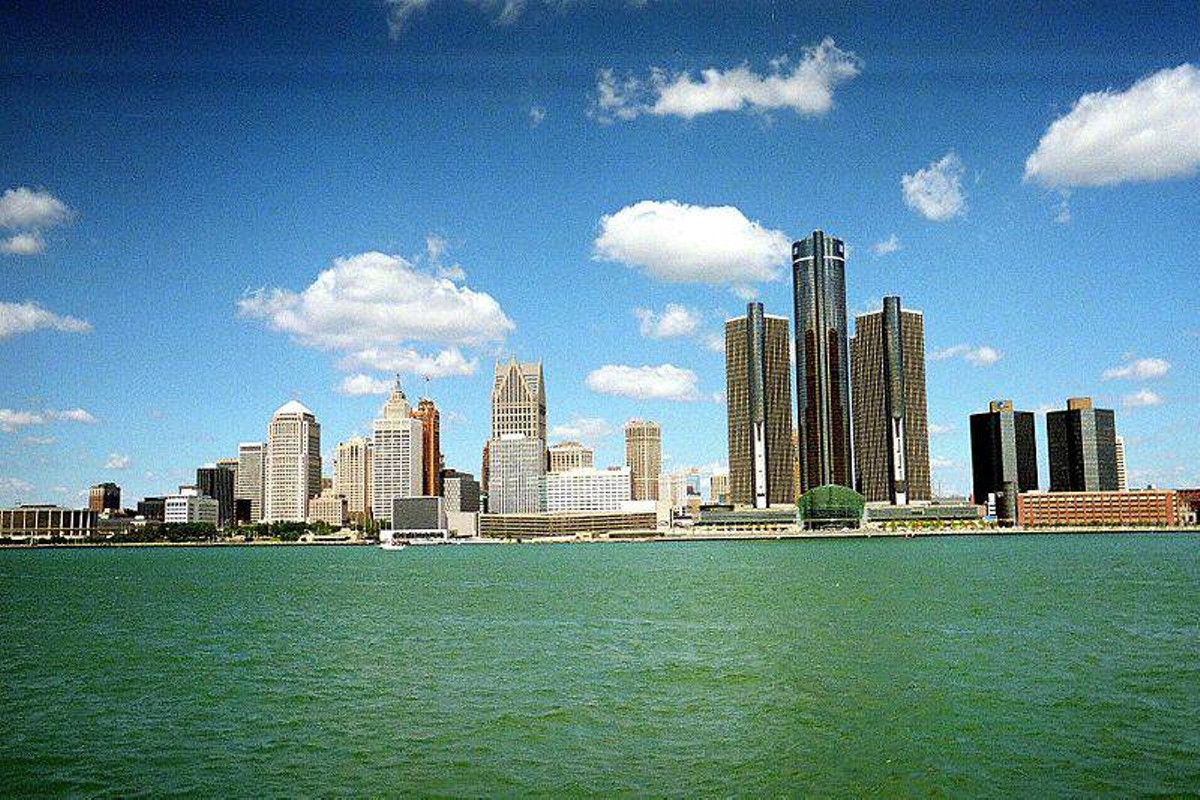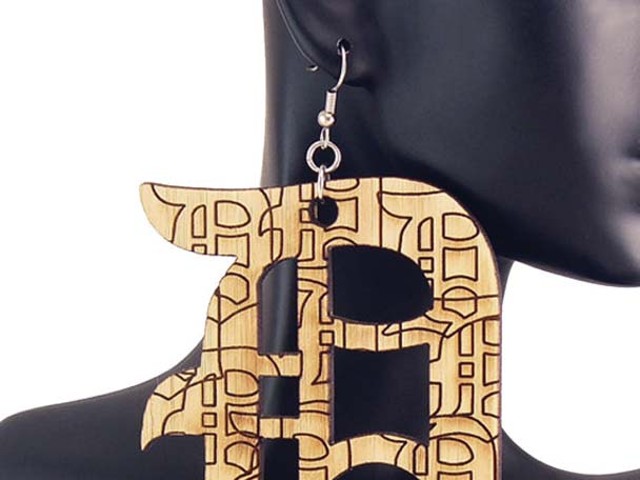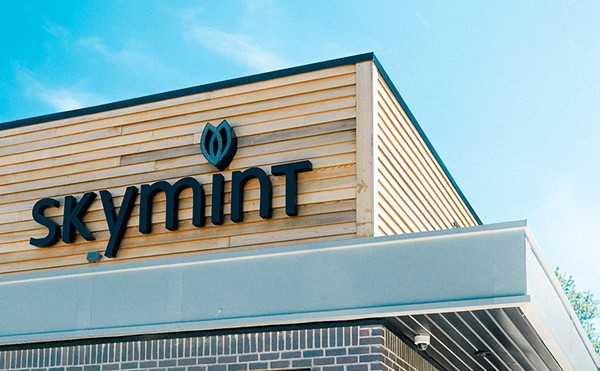Navigating a new place is fraught with shibboleths. Those are the mispronounced words, the misunderstood meanings, the awkward silences that accompany going to a new place. But here's a brief guide of special denotations, inside knowledge, and plain old interesting facts to get a newcomer used to Detroit.
What "Detroit" means and when
Sometimes, Detroit is used as a metonym for the big auto companies, much like Wall Street is for American high finance. Sometimes, it's used to describe the city of Detroit and its government. Sometimes, it's used to describe the metropolitan region. Depending on who's doing the talking, it can mean almost any of these things. Some suburbanites insist that they're from "southeastern Michigan," usually a small town miles away from Detroit — at least until you find out that means suburban Bingham Farms just a few miles north of Detroit. Conversely, well-meaning suburban residents who claim "Detroit" as home may be in for an intense interrogation from city residents about where they really stay. It's a little game we play here.
More than cars
Though it's most famous for its auto companies, Detroit's large companies have also included pharmaceutical giant Parke-Davis & Co., Ferry-Morse Seed Co., and the Burroughs adding machine firm.
You don't go to Eight Mile
After the Eminem movie 8 Mile came out in 2002, lots of people seemed to assume that it was a particular place in Detroit, but that's not where its significance lies. You see, Eight Mile is a divider, not a destination; it marks the boundary between the mostly black and poor city and the mostly white, largely affluent suburbs of Oakland and Macomb counties. For city residents, the words, "Hit Eight Mile," mean "get out of town." The thoroughfare is also home to many of the "gentlemen's clubs" that appeal to city residents and suburbanites alike.
Midtown didn't look like this 10 years ago
Walk through Midtown and you'll see brand-new stores, affluent and hip people, and maybe even dog bowls on the street with water piped in. A decade ago, it was almost universally called "the Cass Corridor," a ghetto that housed prostitutes, pimps, drug dealers, addicts, the poor, and some rather streetwise college students. Only a few of the businesses bragging about their hip Detroit credentials were there back then, including the Bronx Bar, Motor City Brewing Works, Traffic Jam and Snug, and Avalon International Breads. We missed a few, but, you get the idea.
Canada is south of Detroit
If you were to stand in Cadillac Square and travel directly south, something unusual would happen. First of all, you'd need a boat to cross the river. But weirdest of all, the first foreign country you'd hit would be Canada, not Cuba. Also, there is no "South Detroit." (Sorry, Journey.)
Why are two cities entirely contained within Detroit?
Once upon a time, Detroit was a much smaller city, down on the river and mostly within Grand Boulevard. As the auto companies built plants outside the city on township land, the city hurried to annex the growth to gain revenue for the increasingly populous urban center. But when two communities organized themselves as cities — Highland Park in 1918, and Hamtramck in 1922 — the city could no longer annex them under a provision in the state constitution. By 1929, when Detroit had annexed all other township land up to Eight Mile Road, those cities were permanently landlocked within Detroit city limits.
Hamtramck: the densest, most diverse, most walkable city in Michigan
One of Detroit's cities-within-a-city, Hamtramck, is special for many reasons. It's routinely rated the most walkable city in the state, criss-crossed by main roads crowded with stores, and even having bars on side streets within neighborhoods. Its residents include immigrants from Bangladesh, Yemen, former Yugoslavia, Poland, Albania, and many other countries. And, unlike much of Detroit, it is extremely dense. (If Detroit were as dense as Hamtramck is, it would have 1.6 million residents.)
The city is still quite dense
Despite the fact that a quarter of a million people have left Detroit since 2000, the city is still actually denser than many cities, including Dallas and Houston. In fact, one figure often bandied about — that Detroit has 40 square miles of vacant land — is only true when you include parks, cemeteries, and Belle Isle. There are still plenty of us here.
Detroiters often give cross-streets as to describe where they live
Detroit has plenty of well-defined neighborhoods: Brush Park, Boston-Edison, Indian Village, Rosedale Park, the North End, and Woodbridge, to name a few. But large areas of the city are usually simply referred to as west side or east side. Ask for more specific information, and you may simply get cross-streets. Perhaps it's due to the way Detroit went from an oversized industrial town in 1910 to the fourth-largest city in the country in 1940. As developers laid out bungalows by the square mile to accommodate car-centered households that could move from place to place, neighborhood identity didn't have time and consistency to ferment the way it does in other, more slowly growing cities.
What people mean when they say "the city"
When people mention "the city" they usually mean anywhere in Detroit proper, but that usually includes Highland Park and Hamtramck. Call them "inburbs" if you like, but most people lump them in with the city.
What people mean when they say "the neighborhoods"
In Detroit, some areas are experiencing development: downtown, Midtown, Mexicantown, West Village, etc. Some are not, or, worse still, remain on the downswing of disinvestment and depopulation. These latter quarters loom large when people say "the neighborhoods." As in, "When will politicians care about what goes on in the neighborhoods?"
What mile roads are
There are mile roads all over the state of Michigan, but in Detroit, they are crosstown thoroughfares that travel east-west, named roughly for their distance from the intersection of Michigan and Woodward avenues in downtown Detroit. Since Michigan Avenue travels almost straight west out of downtown, it might also be called "Zero Mile Road."
A profusion of suburbs
The region is a crazy quilt of 169 competing cities, villages, and townships. That means there are more than 100 police and fire departments, scores of school districts, and thousands of individual legislators sprawled over a region larger than the state of Rhode Island. If metro Detroit has a problem finding regional solutions to regional problems, this is largely why.
Detroit has the only ship with its own ZIP code
The J.W. Westcott II is a floating post office that picks up mail off the freighters and other ships plying the straits of Detroit. It is the only such vessel in the country.
Potato Chip City
Detroit was known as the Potato Chip Capital of the World. In the 1940s, Detroit could brag about its 22 chip companies, and the biggest company, Better Made, offered tours at its main factory on Gratiot Avenue. The tours are discontinued, but the factory is still there. In fact, the neighborhood smells like potatoes.
Ann Arbor isn't part of Detroit (although it kinda really is)
If you want to see a spirited discussion, allege that Ann Arbor is part of the metropolitan area — and then stand back! Ann Arbor has its fair share of residents who insist that it and its spunky little sister Ypsilanti are a world apart from metro Detroit, even though at some points their developed area is separated by perhaps a few small farms.
The University of Michigan was originally in Detroit
Believe it or not, the University of Michigan was in Detroit until 1837, when it was moved to Ann Arbor. But for that gift, and donations, gifts, and endowments from dozens of wealthy Detroiters down the years, Ann Arbor might be just a stop on the freeway.
What people mean by "party store"
If you've never heard it before, the phrase "party store" can conjure images of colorful bunting and bright balloons. But when we say "party store," we mean a shop with all the makings for a party, as in beer, spirits, wine, chips, "pop" (not soda), and various other sundries. In short, it's a convenience store that can sell almost anything, but always has booze, beer and smokes. What word in "party" did you not understand?
The city of salt
About 1,200 feet under Southwest Detroit is one of the world's largest underground salt mines, opened in 1896 and closed in 1983. In 1998, it resumed operations, and still blasts out pieces of a primordial salt formation today.
Devil's Night
The night before Halloween used to be a time for kids to pull pranks, like soaping windows, tossing toilet paper on trees, and throwing eggs at cars. In the 1980s, it became the biggest night for arson in the city, with hundreds of fires. Some were neighbors burning down drug houses, some were insurance jobs, some were teenagers engaging in a little advance arson. These days, the evening is called "Angel's Night" and features neighborhood patrols that seek to stop arson before it happens.
The Red Dwarf
It's said that many of Detroit's problems stem from the way European settler Antoine de la Mothe Cadillac mistreated a mythical figure named the Red Dwarf, or la Nain Rouge. Over the centuries, the creature is said to appear right before a disaster or riot. So if you see a little guy dressed in red, you might want to hunker down.






